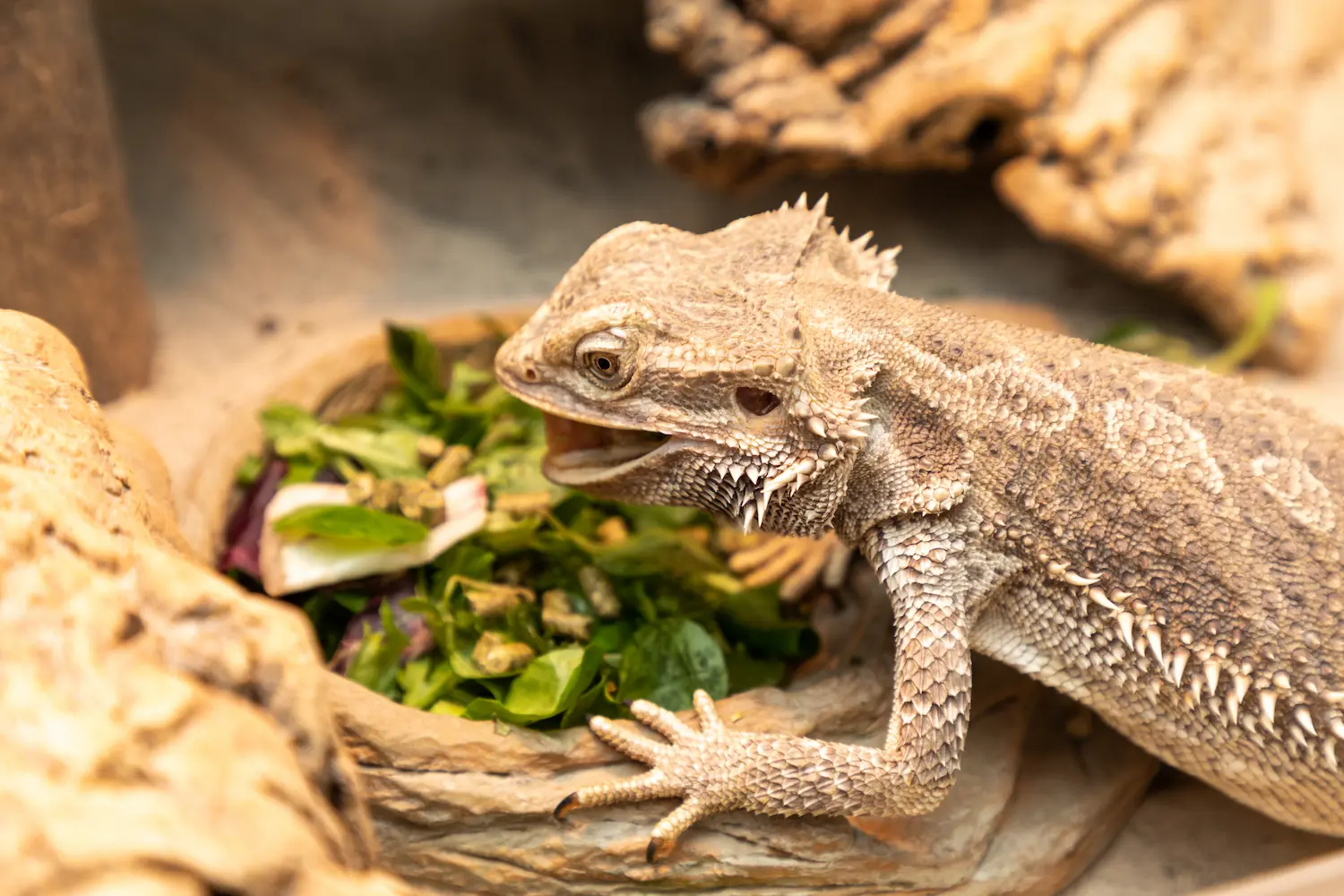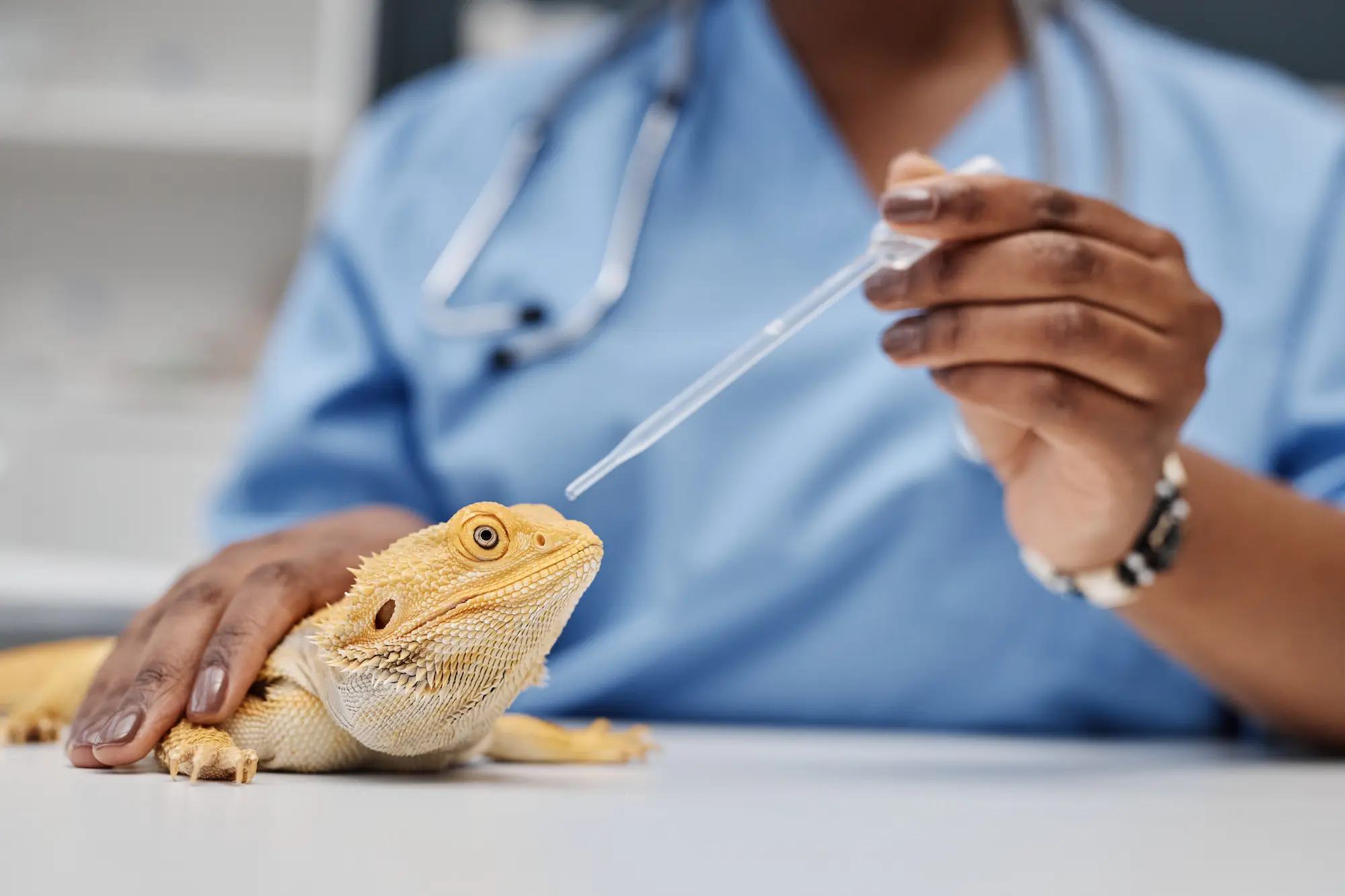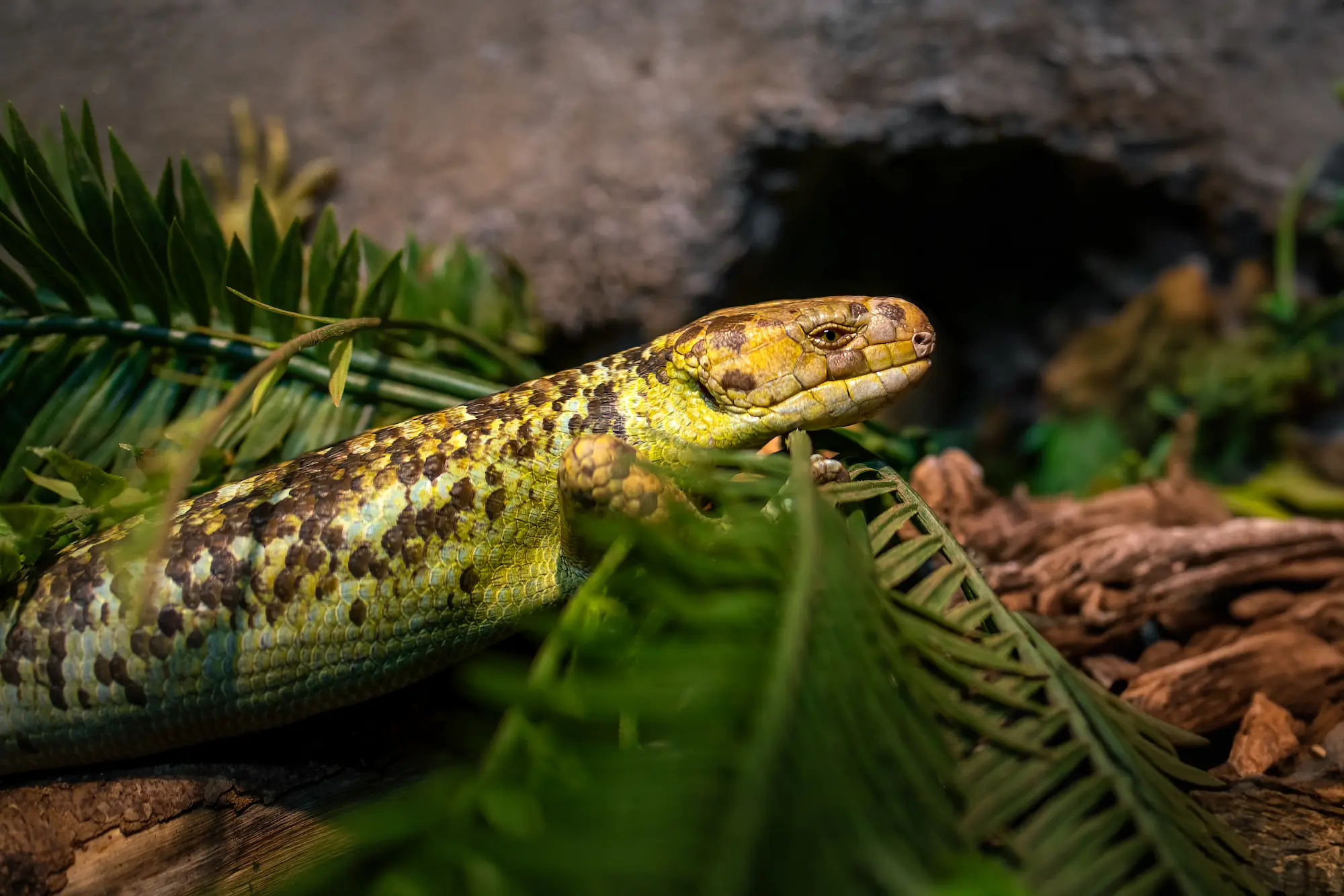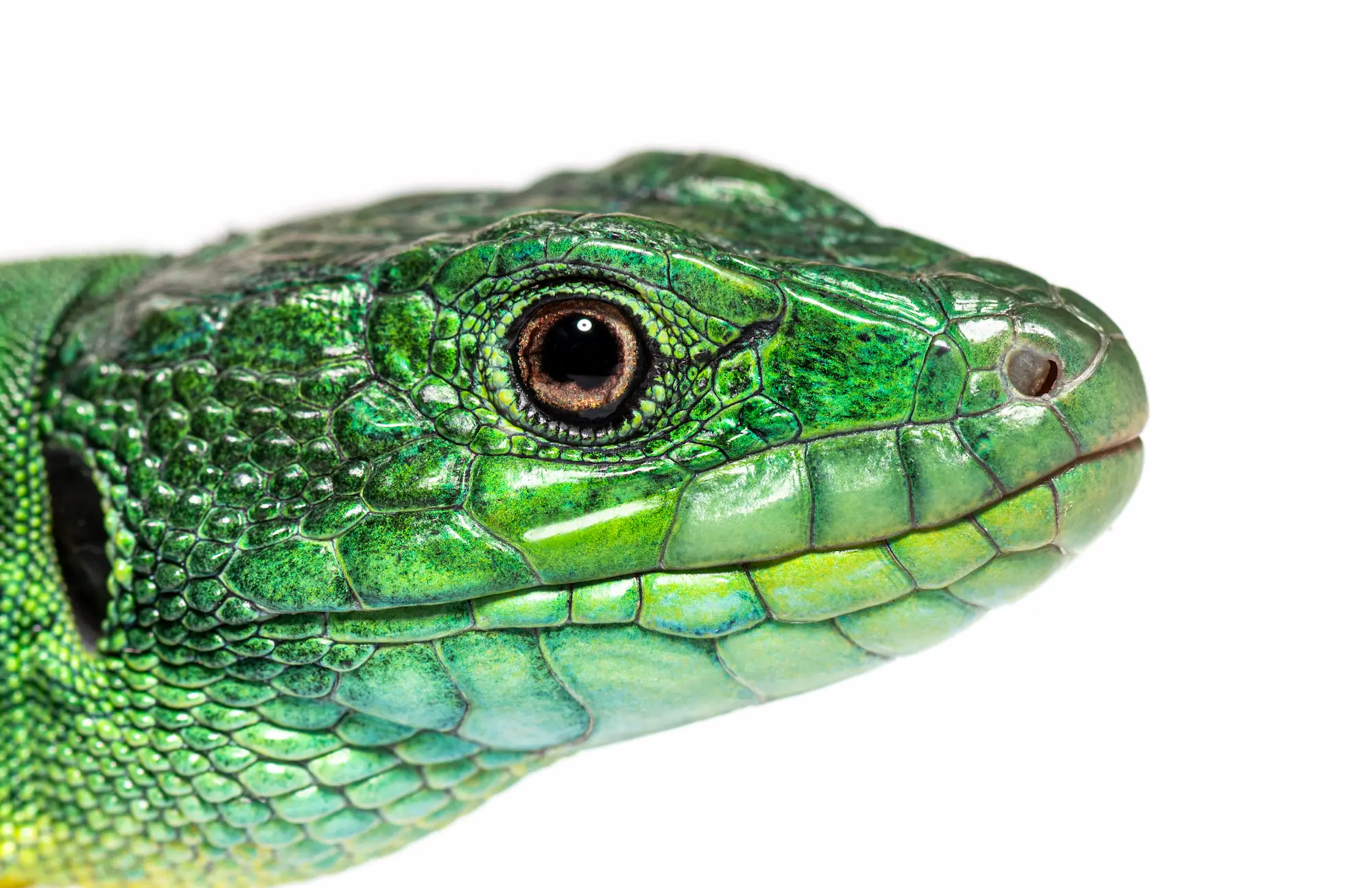Understanding the difference between reptiles and amphibians is crucial for anyone passionate about wildlife, especially those with a fascination for these unique creatures.
While they may appear similar to the untrained eye, several distinctions set these two groups apart.
This article delves into the characteristics, habitats, reproductive strategies, and physiological differences between reptiles and amphibians.

Physical Characteristics
One of the most evident differences between reptiles and amphibians lies in their skin. Amphibians, such as frogs, salamanders, and newts, typically possess moist, permeable skin. This quality is essential for their survival as many amphibians engage in cutaneous respiration, meaning they absorb oxygen directly through their skin. Their skin also secretes mucus, which keeps them damp even when they are out of water, preventing them from drying up.
On the other hand, reptiles, including snakes, lizards, turtles, and crocodiles, have dry, scaly skin. The scales serve as a barrier against water loss, which is particularly important for their often arid habitats. Reptilian skin is made up of keratin, much like human nails, providing them with added protection against environmental hazards.
Habitat and Lifestyle
Amphibians are often referred to as the creatures of both land and water. This dual lifestyle is reflected in their name, derived from the Greek words “amphi” (both) and “bios” (life). Most amphibians are born in water and undergo metamorphosis, transitioning from aquatic larvae (like tadpoles) to terrestrial adults. Their moist skin necessitates living in or near water bodies to avoid drying out.
Reptiles, however, are better adapted to live on land, although you will also find many species in aquatic environments. Unlike amphibians, reptiles do not experience such a drastic metamorphosis. They are typically hatched or born in a more developed state and are ready to thrive in their respective environments, whether it be deserts, forests, or wetlands.
Reproduction
Reproductive strategies further distinguish reptiles from amphibians. Amphibians generally lay their eggs in water. These eggs lack a hard shell, making them vulnerable to desiccation, which is why moist environments are crucial for their development. Once hatched, amphibian larvae breathe through gills and undergo a dramatic transformation before becoming adults.
Reptiles, in contrast, lay amniotic eggs that have leathery or hard shells. These eggs are designed to protect the developing embryo from drying out and can be laid in more diverse environments, including dry land. Some reptiles, like certain species of snakes and lizards, give birth to live young, offering additional protection and a higher survival rate for the offspring.
Temperature Regulation
Another fundamental difference is how these creatures regulate their body temperature. Both reptiles and amphibians are ectothermic, meaning they rely on external sources to regulate their body heat. However, their strategies differ:
Amphibians: Amphibians often depend on moisture-rich environments to regulate their body temperature. Their permeable skin plays a vital role in this thermoregulation, wherein the evaporating moisture cools them down.
Reptiles: Reptiles have a more complex behavioral approach to thermoregulation. They bask in the sun to warm up and seek shade or burrow underground to cool down. Their scaly skin reduces water loss, allowing them to inhabit drier and more varied environments than amphibians.
Sensory Abilities
Both groups have evolved unique sensory systems to adapt to their environments. Amphibians have well-developed vocal cords, allowing them to produce a wide range of sounds. Frogs, in particular, are known for their vocalizations, which play key roles in communication, especially during the breeding season.
Reptiles rely more heavily on their keen sense of smell and vision. Snakes, for example, use their forked tongues to collect scent particles from the air and bring them to the Jacobson’s organ in their mouths. This sensory adaptation allows them to track prey and navigate their surroundings efficiently.
Conservation Status
The conservation status of both groups is a growing concern. Amphibians are particularly vulnerable due to their permeable skin and dependence on water bodies, which are increasingly threatened by pollution, climate change, and habitat destruction. Many amphibian species are currently facing alarming rates of decline, prompting conservationists to label them as indicator species for environmental health.
Reptiles also face significant threats, although their more robust physiology offers them some resistance. Habitat destruction, illegal wildlife trade, and climate change pose severe risks to their populations. Conservation efforts are underway for both groups, focusing on habitat preservation, anti-poaching initiatives, and breeding programs to ensure their survival.
Final Thoughts
Understanding the fundamental differences between reptiles and amphibians enriches our appreciation for these remarkable creatures and underscores the importance of their conservation.
Amphibians, with their unique life cycles and reliance on moist environments, face unique challenges that require tailored conservation efforts. Reptiles, with their diverse habitats and reproductive strategies, highlight the adaptability of life in various ecological niches.
By acknowledging and preserving the natural habitats and life cycles of both these groups, we contribute to the broader effort of maintaining biodiversity and ecological balance. Reptiles and amphibians offer us a fascinating glimpse into evolutionary success, adaptability, and the beauty of nature’s intricacy. Whether you find a frog perched near a pond or a lizard basking in the sun, these creatures remind us of the diverse and interconnected web of life.
So, next time you encounter a reptile or an amphibian, take a moment to appreciate their unique characteristics and the vital roles they play in our world. Their differences not only highlight the diversity of life on Earth but also inspire us to protect the natural environments we all share.




